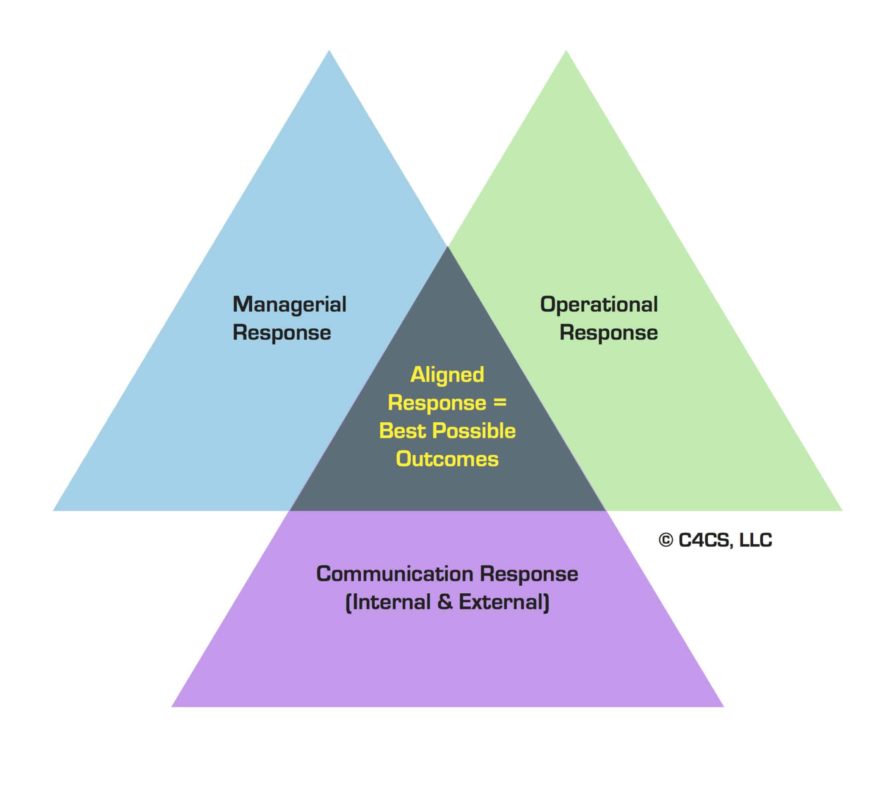Breaking down the three phases of crisis management
Oliver S. Schmidt, co-founder and CEO of C4CS, LLC, has helped organizations in over 40 countries prepare for, respond to, and successfully resolve crises. When Oliver and his team are not able to help an organization that faces mission-critical issues or a crisis, it is usually because they were brought on too late. “The ideal situation is we get word that a company needs assistance years before something actually happens,” says Oliver. This way he and his colleagues can help management increase crisis readiness to enable more effective crisis response and recovery.
In his interview with host Richard Carufel for the latest episode of PR Profiles, Oliver breaks down the three phases of crisis management. He says these phases are “important to keep in mind because with each come specific to-dos, if you will. The pre-crisis phase is all about anticipation, prevention and preparedness. The goal at the end of this pre-crisis phase is always to increase crisis readiness.” And as Oliver said, optimizing crisis preparedness during the pre-crisis phase should happen as far in advance as possible, giving the organization time to anticipate situations, run scenarios and refine response procedures, tools, and plans. “We will have in mind those [scenarios] that are the most likely to occur, and at the same time, would be the most severe in terms of the impact,” he says.
One thing Oliver says every company needs to have in place for proper crisis preparedness is 24/7, 365 media monitoring. He states that without such a tool to keep “you abreast of what is happening, not only regarding an actual crisis, but something that could lead to a crisis in the future, then you may very well be doomed.”
As important as monitoring is for crisis preparedness, it becomes even more critical during the second phase of a crisis, the response, which requires careful situational and ongoing assessment. Regular monitoring reports are important—but one must also properly analyze the results and make recommendations. “It’s about understanding what’s happening and then making recommendations to a client who can then, based upon the recommendations, make critical strategic decisions as far as the core business is concerned, which goes way beyond just communications,” says Oliver.

C4CS Response Triangle
The situational assessment is only part one. “Secondly, it’s about executing any plans that we have in place,” says Oliver. That plan should include both external communication as well as internal communication. “Whenever I present, I make it very clear that it is critically important to understand the fact that internal communication is key to managing any crisis effectively. If I don’t have my ducks in a row as far as the internal end is concerned, I will not come out of this ahead.”
The final stage of crisis management is about recovery. “And as part of that, we want to go through a very thorough process of evaluation,” says Oliver. “We need to have organizational learning as well as individual learning coming out of that. And because this is a cyclical thing, it’s a process that leads us back to the pre-crisis phase.”
For a mini master class on crisis management and crisis communication, watch or listen to the full interview with Oliver, available as a podcast or on the Agility PR Solutions YouTube channel.
Oliver can be reached by email: schmidt@c4cs.com; on LinkedIn: https://www.linkedin.com/in/oliver-s-schmidt–c4cs/; and by the C4CS website: https://www.c4cs.com/.







